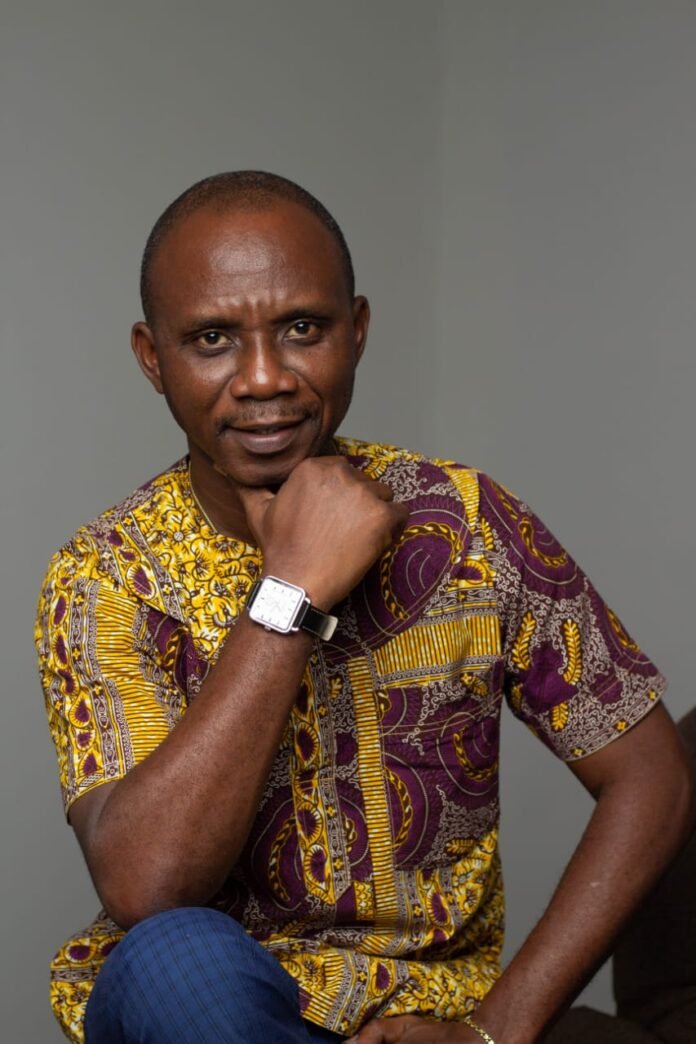By Gustav Addo, Editor-in-Chief, Global African Times (Magazine and Media Group)
On 2nd April this year, US President Donald Trump announced a sweeping set of tariffs, arguing that they would allow the United States to economically flourish. These new import taxes, which Trump imposed via executive order, have sent shockwaves through global markets as they kicked in this week.
But the US president believes they are necessary to address trading imbalances and to protect American jobs and manufacturing.
Here are the basic elements of the Tariffs:
10% baseline tariff
A baseline tariff of 10% on almost all foreign imports to the US kicked in on 5 April. Some countries and goods are exempt, which we’ll explain later.
The companies which bring the foreign goods into America will have to pay this tax to the US government, although this could have knock-on effects to consumers.
Some countries will only face the base rate. These include: United Kingdom, Singapore, Brazil , Australia , New Zealand , Turkey , Colombia , Argentina , El Salvador , United Arab Emirates , Saudi Arabia.
Custom tariffs for ‘worst offenders’
White House officials also said that they would impose what they describe as specific reciprocal tariffs on roughly 60 of the “worst offenders”.
These have come into effect on 9 April.
Trump’s officials say these countries charge higher tariffs on US goods, impose “non-tariff” barriers to US trade or have otherwise acted in ways they feel undermine American economic goals.
Here is a list of key trading partners subject to these customized tariff rates (these figures include the baseline tariff):
European Union (20%), Vietnam (46%), Thailand (36%), Japan (24%), Cambodia (49%), South Africa (30%), Taiwan (32%)
Tit-for-tat tariffs with China
China is facing the heaviest tariffs, after a 104% levy on Chinese goods imported into the US came into effect on 9 April.
China, in turn, has said it will hike its tariff on US goods from 34% to 84%, starting on 10 April.
Separately, Trump has ordered that low-value goods entering the US from Hong Kong and mainland China will be subject to import duties from 1 May onwards.
The “de minimis” exemption has allowed foreign products costing $800 (£624) or less to enter the US duty-free – but that will no longer apply to Chinese imports.
No additional tariffs on Canada and Mexico
Canada and Mexico, which were targeted in Trump’s previous round of tariffs, face no additional levies. The 10% baseline rate does not apply to them.
The White House said it would deal with both countries using a framework set out in Trump’s previous executive orders, which imposed tariffs on both countries as part of the administration’s efforts to address the entry of fentanyl to the US and border issues.
US President’s Trump previously set those tariffs at 25% on all goods entering from both countries, before announcing some exemptions and delays.
While the new round of tariffs applied globally covers most foreign goods entering the US, there are some exemptions.
According to the White House’s fact sheet, these include copper, pharmaceuticals, semiconductors, lumber, bullion, energy and “other certain materials that are not available in the United States”.
Articles subject to a US Code clause, widely interpreted as “informational materials”, communications and donations, are also exempted.
The tariff rates also do not apply to steel, aluminium, vehicles and vehicle parts – but that’s because they are subject to separate 25% tariffs on specific sectors.
Africa’s Rich Resources given to her by God
African countries are rich in a wide variety of natural resources, many of which are critical to the global economy. The most abundant and significant resources across the continent include:
1. Minerals and Precious Metals
Africa is especially known for its wealth in minerals. Here are the key ones:
Gold – South Africa, Ghana, Mali, Sudan, Burkina Faso
Diamonds – Botswana, South Africa, Angola, Democratic Republic of Congo (DRC), Namibia
Platinum Group Metals (PGMs) – South Africa (largest reserves globally)
Cobalt – DRC (by far the largest producer)
Copper – Zambia, DRC
Iron Ore – South Africa, Mauritania
Bauxite (aluminum ore) – Guinea (among the largest reserves in the world)
Chromium – South Africa (major global producer)
2. Oil and Natural Gas
Africa has some of the world’s largest oil and gas reserves:
Oil – Nigeria, Angola, Libya, Algeria, Egypt
Natural Gas – Algeria, Egypt, Mozambique, Nigeria, Tanzania
3. Agricultural Resources
A wide variety of crops and biological resources thrive in Africa:
- Cocoa – Ivory Coast, Ghana (together, they produce ~60% of the world’s supply)
- Coffee – Ethiopia, Uganda
- Tea – Kenya
- Cotton – Mali, Burkina Faso, Benin
- Timber – Central African countries like Gabon, Cameroon, and Congo
4. Rare Earth Elements & Strategic Minerals
These are increasingly important for tech and green energy industries:
- Lithium – Zimbabwe, Namibia, Mali (growing in global relevance)
- Colten (used in electronics) – DRC
- Graphite – Mozambique, Madagascar
5. Water and Hydro Resources
– Nile River Basin – Egypt, Sudan, Ethiopia (huge for agriculture and hydroelectricity)
– Congo River – Central Africa (potential for massive hydroelectric energy, like Inga Dam)
So the question that behooves on our minds should be, did African Countries with all these rich natural resources need to wait for this decision?
US’s President, Donald Trump has placed these tariffs on African Countries and their other Trade Partners in a bid to protect and safeguard their economy. What are African Countries still waiting for ? Stay tuned to www.globalafricantimes.com




